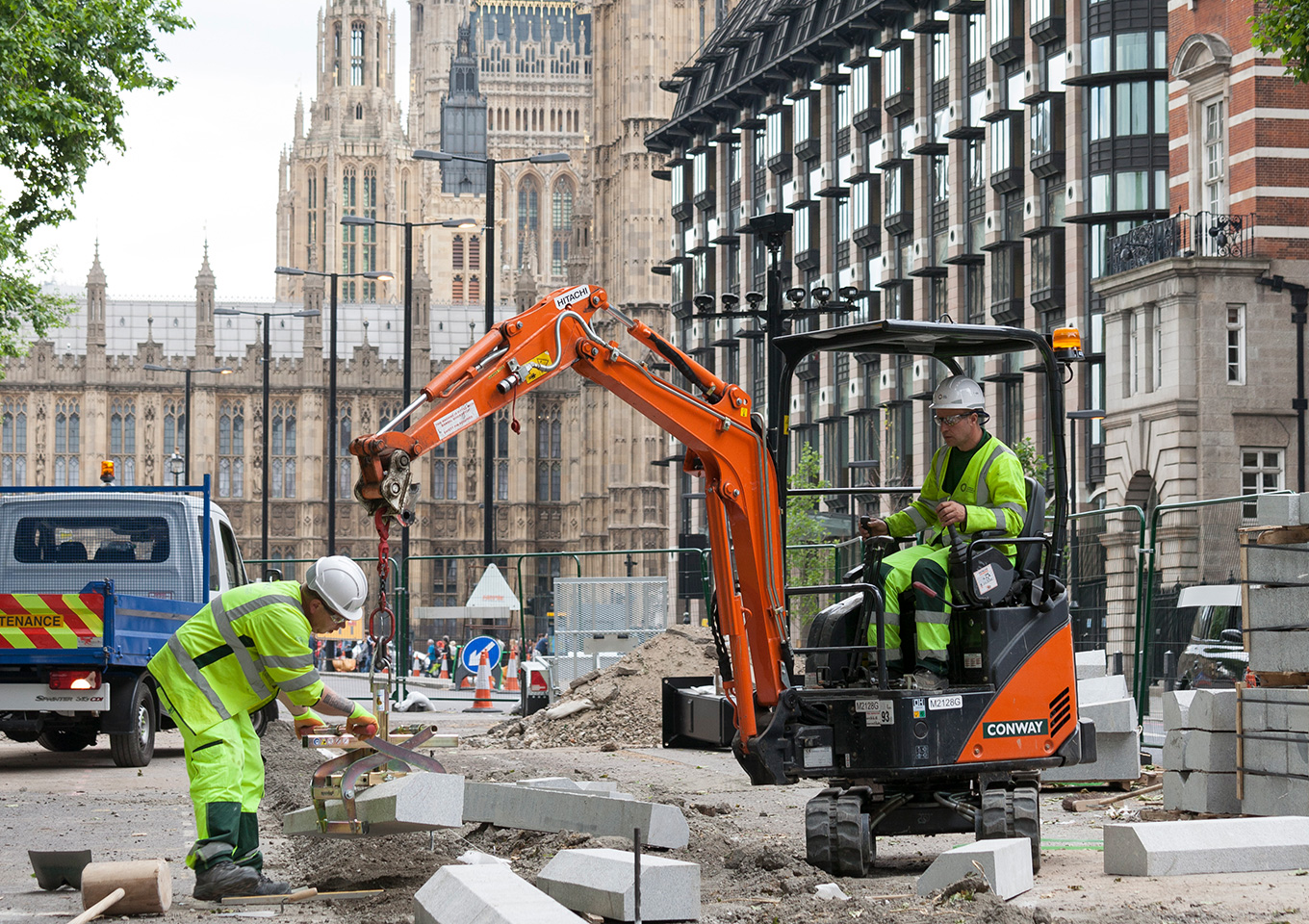CONWAY AECOM and TfL win prestigious design award for cycle superhighway
CONWAY AECOM and Transport for London (TfL) have won the New London Award for transport and infrastructure for the delivery of the capital’s east-west cycle superhighway (CS3).

Amid strong competition, the partnership secured the top award in recognition of how CS3 has transformed the way people move around the city and helped to encourage sustainable use of the road network.
The £58.8 million project has introduced 11km of segregated two-way cycle lane running from Tower Hill through the City of London, the City of Westminster and the Royal Parks to Lancaster Gate. The first phase of the route through to Parliament Square was completed in April 2016, with the remainder due to be completed during winter 2017.
The project has seen extraordinary success, with over 3,500 cyclists using sections of the route during peak commuter times.